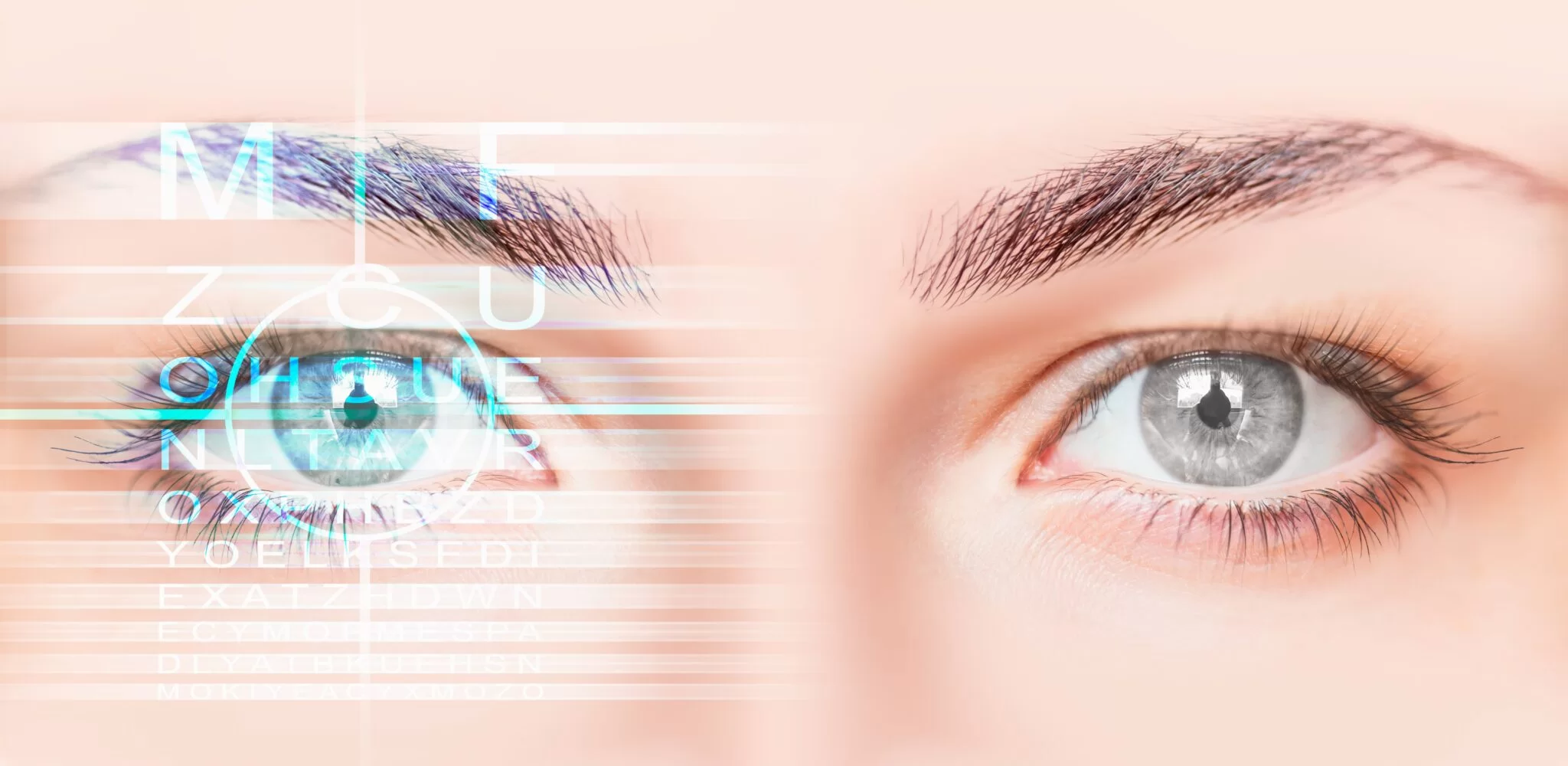
Attention to Eye Haemorrhages!
Why do eyes bleed?
We received the following information from Op. Dr. Nail Sönmez, Chief Physician of Kudret Eye Istanbul, regarding questions such as who has eye haemorrhage, why it occurs, what are the risks: “The eye is our window to the world. In this sensitive and important organ, some diseases may give direct symptoms such as bleeding, while sometimes they may occur with more indirect symptoms such as headache. Unfortunately, even if there are complaints, they are often neglected. However, negligence can lead to irreversible damage to the eye. We medically call subconjunctival haemorrhages in the eye that can be noticed by looking from the opposite side. These haemorrhages often occur due to hypertension, traumas and strains. Even frequent involuntary reflexes in daily life such as sneezing and coughing can cause pressure and lead to subconjunctival haemorrhages. Conjunctivitis, i.e. inflammation of the eye, is also an important condition that causes the eye to bleed. Conjunctivitis is the inflammation and infection of the thin layer like onion membrane surrounding the sclera, the white layer of the eye. Infections can be seen due to causes such as bacteria, viruses, allergies. Since inflammation causes the vessels in the layer on the outermost surface of the eye to become prominent and the eye becomes red, it can be easily recognised by looking from the outside with the naked eye. It can be treated with medication under the supervision of a specialist doctor. ”
What is Bleeding Behind the Eye? Which diseases can it be a harbinger of?
Op. Dr. Nail Sönmez warned that bleeding behind the eye may be a harbinger of other diseases: “Bleeding behind the eye, which poses more risk because it is not recognised by looking at the eye from the opposite side, may also occur. The main cause of bleeding behind the eye is Diabetic Retinopathy, that is, diabetes affects the blood vessels in the network layer of the eye consisting of visual cells called retina and disrupts its functioning. Apart from this, haemorrhages behind the eye can be seen for various reasons such as hypertension, infections behind the eye, traumas, retinal tears (retinal detachment), age-related yellow spot disease. Haemorrhages behind the eye may be a symptom of other diseases. Especially diabetes and hypertension develop very insidiously. These diseases threaten the general health of the person and may cause damage to the eye that may lead to permanent vision loss. Therefore, routine eye examination is very important both to protect eye health and to provide early diagnosis by having findings about many diseases that may threaten general health.”
Complaints vary from person to person!
Op. Dr. Sönmez shared this information about the symptoms of bleeding behind the eye: “Symptoms of bleeding behind the eye may differ depending on the cause. For example, while pain occurs in hypertensive retinopathy, i.e. bleeding behind the eye due to high blood pressure and bleeding caused by blows and traumas to the eye, there is no pain complaint in bleeding caused by other causes. Sudden loss of vision, decreased vision, shaded vision, red coloured image in front of the eye, flying objects or spider web-like images are the main complaints encountered in behind the eye hemorrhages.”
It may result in permanent vision loss!
Kudret Eye Istanbul Chief Physician Op. Dr. Nail Sönmez, while giving information about the treatment of bleeding behind the eye, underlined that the disease can lead to permanent vision loss. “In order to draw a treatment plan, the cause of bleeding must first be determined. If the haemorrhage prevents the retina from being seen and evaluated clearly, ultrasonographic imaging is requested. In some cases, the patient needs to be operated immediately, while in some cases, the patient is asked to rest on hold. While urgent surgical intervention is required in cases of haemorrhage caused by reasons such as retinal tear, patients are requested to rest by taking them to the follow-up process in cases of haemorrhage caused by systematic diseases such as diabetes. We ask the patients we take to the follow-up process to rest upright for 15 – 20 days, to use double pillows and to come to the control during this period. If the haemorrhage in the eye has not disappeared after the follow-up period is over, intraocular haemorrhage and vitreous should be cleaned with the surgery called vitrectomy. Regardless of the cause and treatment, bleeding behind the eye is a serious condition that may result in permanent vision loss. At the slightest complaint, a specialist doctor should be consulted without wasting time.”
Remember, these blog posts are for informational purposes only. If you have any medical concerns or questions, please consult a doctor.















